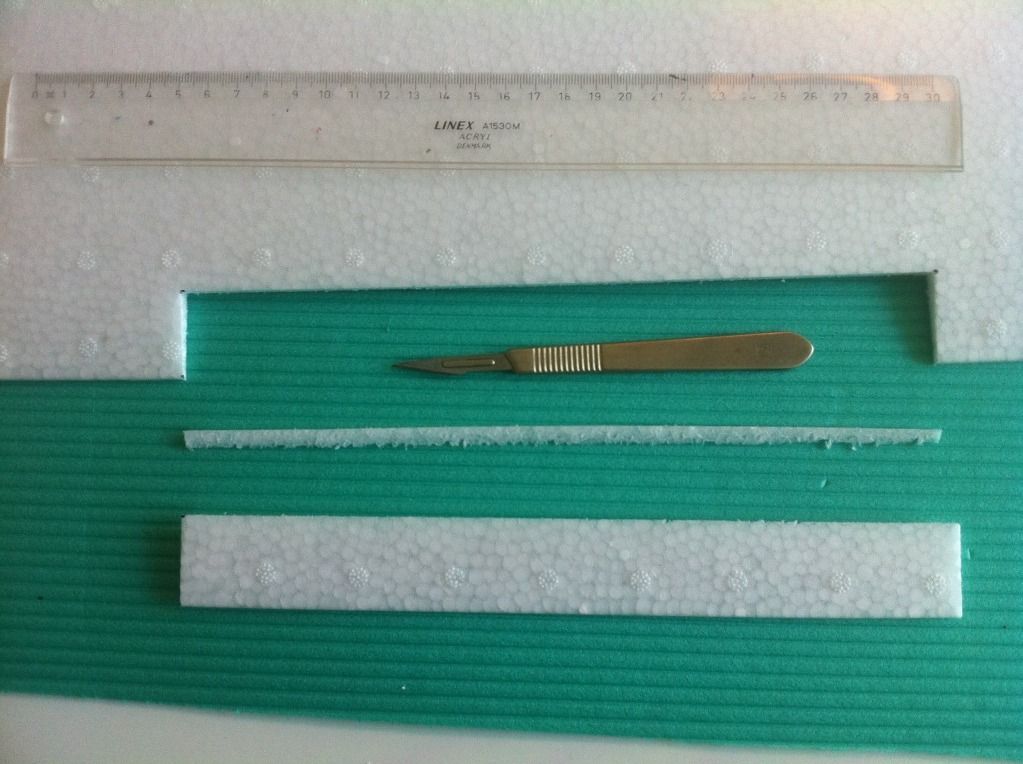 More details to follow, but some quick notes on what we needed to do to get things up and running. Got up to the suggested first steps, having an application capture video from the ar.drone front camera and do facial recognition. Images were fed out through a node.js server, which I thought was a pretty clever idea. I'm so happy in the picture coz it took about an hour to figure out how to get the image displayed. If you're in node.js, serve it up in a browser!
More details to follow, but some quick notes on what we needed to do to get things up and running. Got up to the suggested first steps, having an application capture video from the ar.drone front camera and do facial recognition. Images were fed out through a node.js server, which I thought was a pretty clever idea. I'm so happy in the picture coz it took about an hour to figure out how to get the image displayed. If you're in node.js, serve it up in a browser! In case you can't puzzle it out, the circled object is Andreas' face, as detected by Open CV. Detection parameters were set to "boyish good looks" of course!
In case you can't puzzle it out, the circled object is Andreas' face, as detected by Open CV. Detection parameters were set to "boyish good looks" of course!
So, we're on track for the droneolympics on Saturday! Andreas is working on a PID package which looks pretty good so far. I was pretty happy with our progress... we basically started on Wed and last night was the first time we had an ar.drone to work with.
Here's a video of the first test flight, running the example ardrone program.
Following is some blabbage on what I did to get the software installed and running on a mac. After spending 30-40 minutes trying to figure out how node.js packages work, I ended up hardcoding paths to everything... I'll try and fix that later.
NODEJS
node-v0.8.15.tar.gz
configure --prefix=/Users/mh/nodejs
make; make install
export PATH=/Users/mh/nodejs/bin:$PATH
OPENCV
OpenCV-2.3.1a.tar.bz2, as per nodejs opencv docs
edit CMakeLists.txt
## change /usr/local to /Users/mh/nodejs
cmake -G "Unix Makefiles"; make; make install
export DYLD_LIBRARY_PATH=/Users/mh/nodejs/lib
ARDRONE
npm install git://github.com/felixge/node-ar-drone.git -g
NODEJS OPENCV
## https://github.com/peterbraden/node-opencv
## requires OpenCV 2.3.1
npm install opencv -g
?? export PKG_CONFIG_PATH=/Users/mh/nodejs/lib/pkgconfig
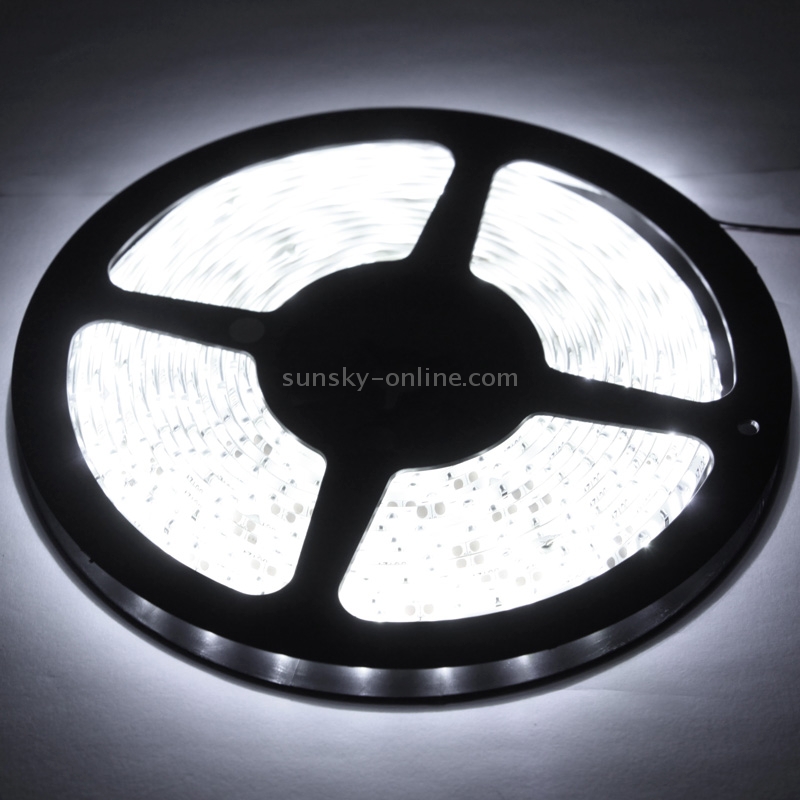

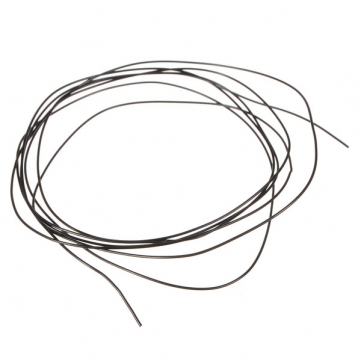


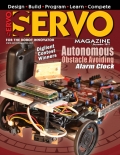


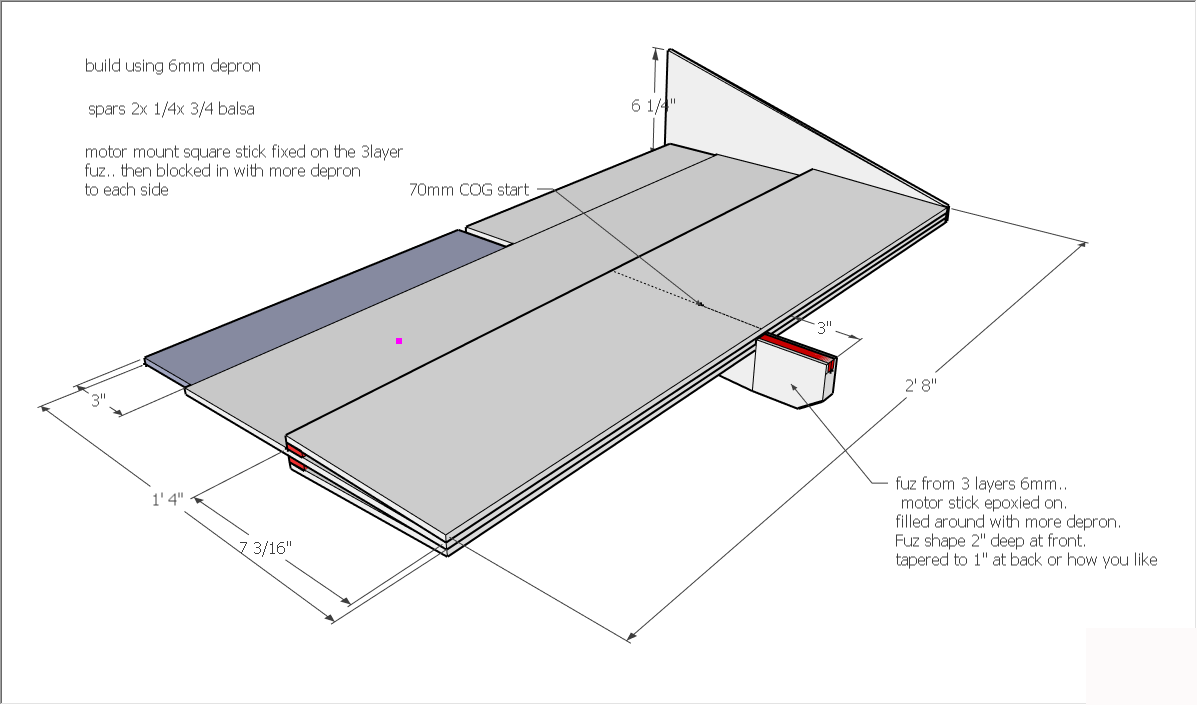
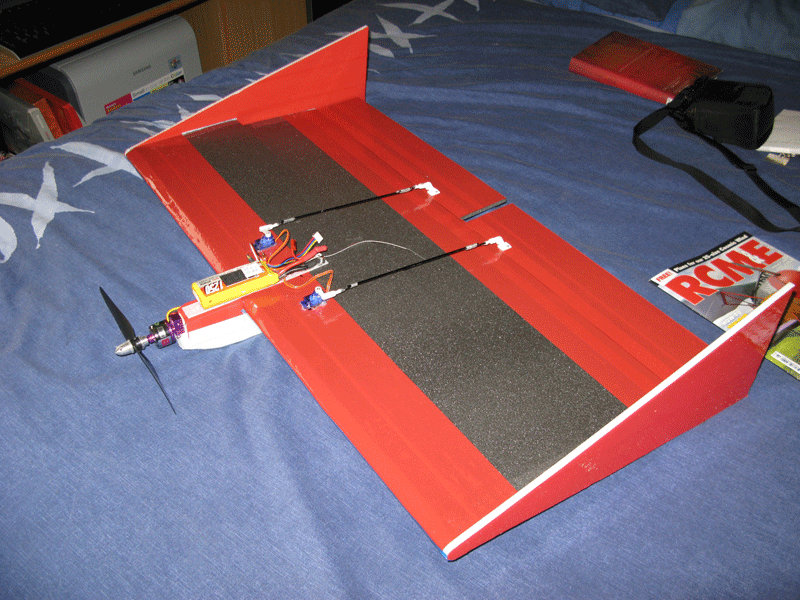
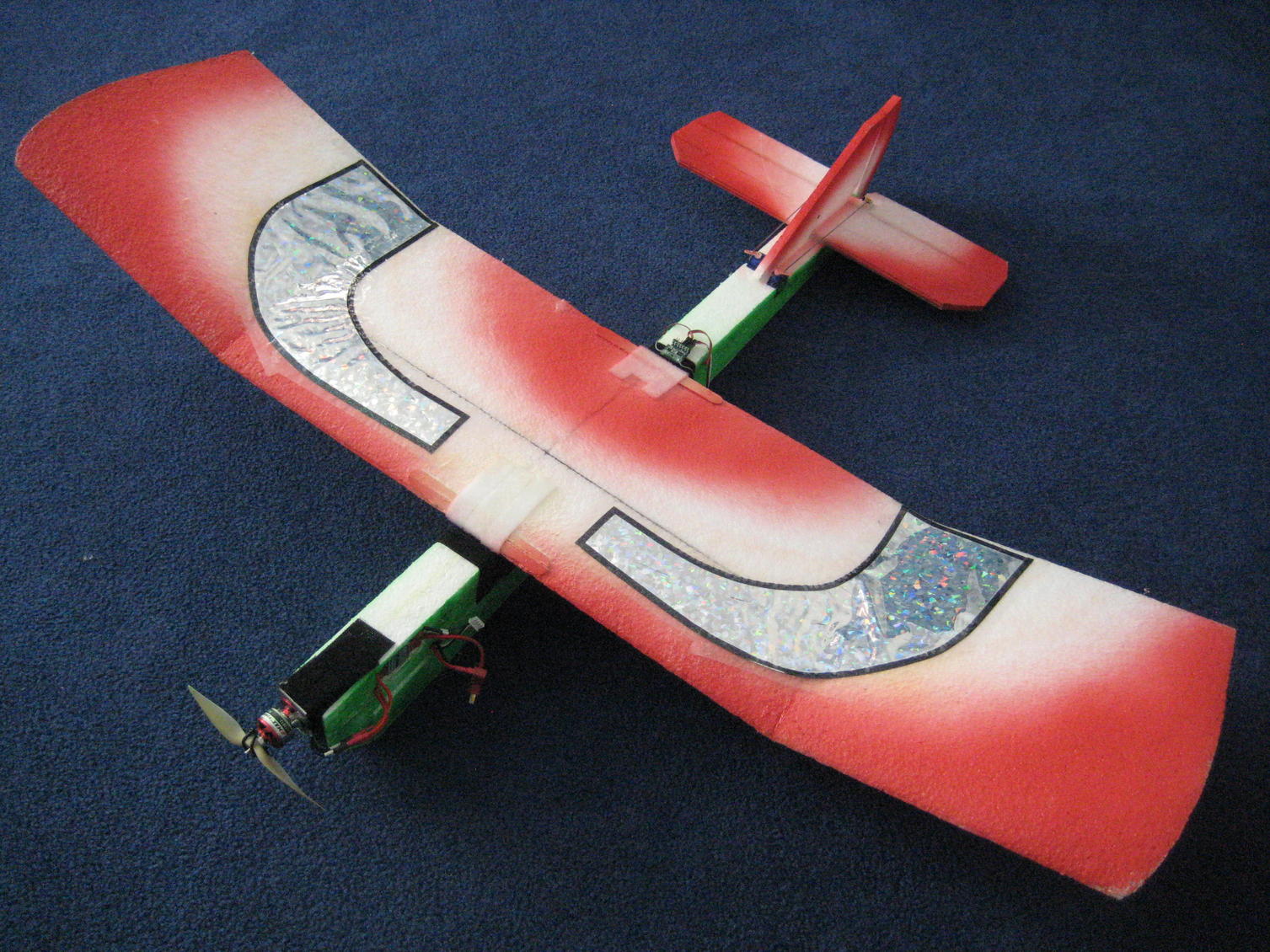




.jpeg)




















